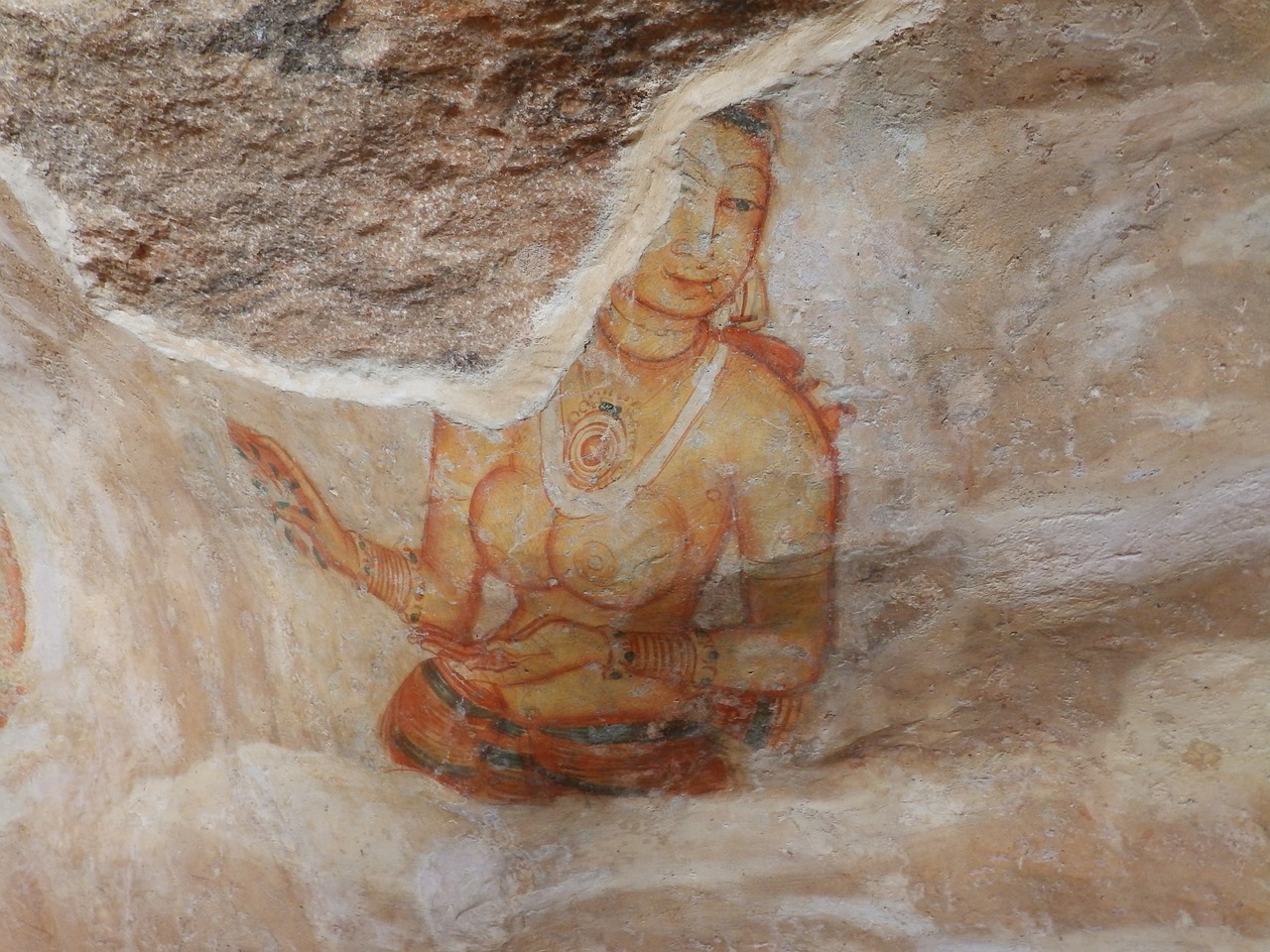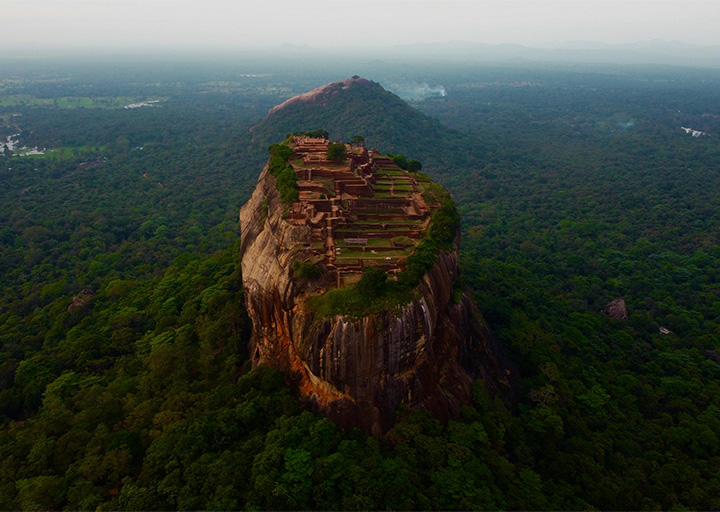Citadel of Sigiriya
Sigiriya, often referred to as the Lion Rock, is a renowned ancient site located in Sri Lanka. This massive rock rises approximately 200 meters (660 feet) above the surrounding plains. Constructed over 1,500 years ago by King Kashyapa, it served as both a royal palace and a fortress.
Today, it stands as a UNESCO World Heritage Site and is one of the most visited tourist destinations in Sri Lanka. At the foot of the rock, visitors can explore beautiful gardens, pools, and fountains. The ascent to the top takes you past the iconic Lion’s Gate and stunning frescoes depicting beautiful women that adorn the rock walls. At the summit, you can witness the remnants of the ancient palace and take in breathtaking views of the landscape.
Sigiriya is also famous for the Mirror Wall, where ancient inscriptions left by visitors can still be seen. It is a remarkable example of architecture, engineering, and art, highlighting the brilliance of Sri Lankan culture. A trip to Sigiriya offers a fascinating glimpse into a remarkable chapter of history.

Rock Formation
Standing at an impressive height of about 200 meters (660 feet), this awe-inspiring rock can be seen from afar, drawing attention with its striking presence. Formed millions of years ago from molten magma within a volcano, the rock owes its grandeur to the forces of nature. Over the centuries, the surrounding softer land eroded, leaving behind this resilient monolith that stands tall above the landscape.
Moreover, the rock resembles a massive, natural fortress. At its peak lies a flat expanse where, over 1,500 years ago, King Kashyapa built his magnificent palace. Surrounded by lush green forests, the panoramic views from the top are nothing short of breathtaking. In addition to its natural allure, Sigiriya holds immense historical and cultural significance. Centuries ago, people adorned the area with exquisite gardens and intricate carvings, showcasing the ingenuity of ancient artistry.
As you explore Sigiriya, you will witness a seamless blend of nature and human creativity, which together make this site one of Sri Lanka’s most iconic landmarks. Its distinctive shape, historical importance, and stunning scenery all combine to create an unforgettable experience.
Historical Significance
Lion Rock holds significant historical value. Constructed over 1,500 years ago by King Kashyapa, it served as his capital. The king built a fortress and palace atop the towering rock to safeguard himself from adversaries. The rock was designed to be formidable and difficult to access, making it an ideal refuge for the king.
Prior to King Kashyapa’s reign, Sigiriya was a retreat for Buddhist monks who lived and meditated there. After his era, it reverted to a monastery, highlighting its importance to both religious and royal history.
Today, Sigiriya is recognized as a UNESCO World Heritage Site, celebrated for its remarkable ancient planning, engineering, and artistry. The site’s frescoes, gardens, and Mirror Wall offer a glimpse into the sophisticated culture of its creators. Sigiriya is more than just a rock; it stands as a testament to Sri Lanka’s rich history and heritage.



 Sojourn Lanka Tours
Sojourn Lanka Tours